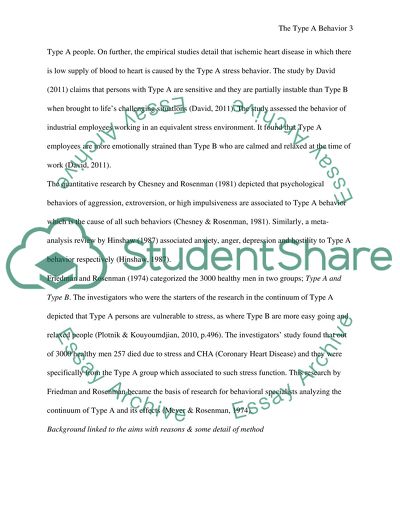Cite this document
(“Does Type A behaviour actually exist Assignment”, n.d.)
Does Type A behaviour actually exist Assignment. Retrieved from https://studentshare.org/biology/1488954-does-type-a-behaviour-actually-exist
Does Type A behaviour actually exist Assignment. Retrieved from https://studentshare.org/biology/1488954-does-type-a-behaviour-actually-exist
(Does Type A Behaviour Actually Exist Assignment)
Does Type A Behaviour Actually Exist Assignment. https://studentshare.org/biology/1488954-does-type-a-behaviour-actually-exist.
Does Type A Behaviour Actually Exist Assignment. https://studentshare.org/biology/1488954-does-type-a-behaviour-actually-exist.
“Does Type A Behaviour Actually Exist Assignment”, n.d. https://studentshare.org/biology/1488954-does-type-a-behaviour-actually-exist.


